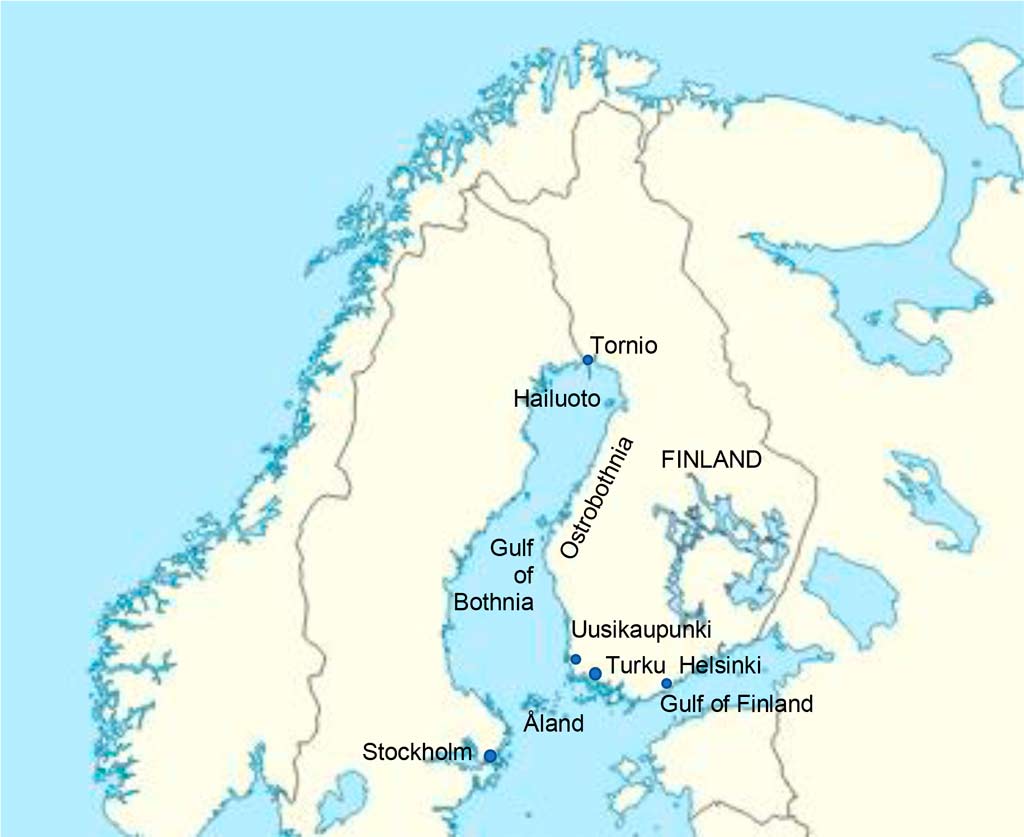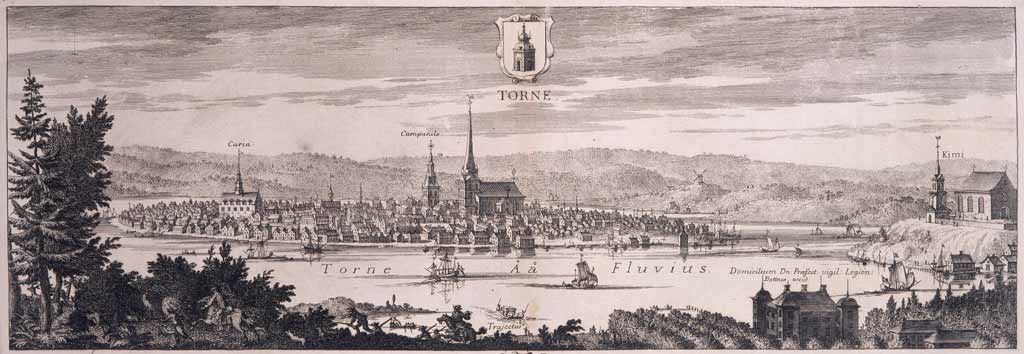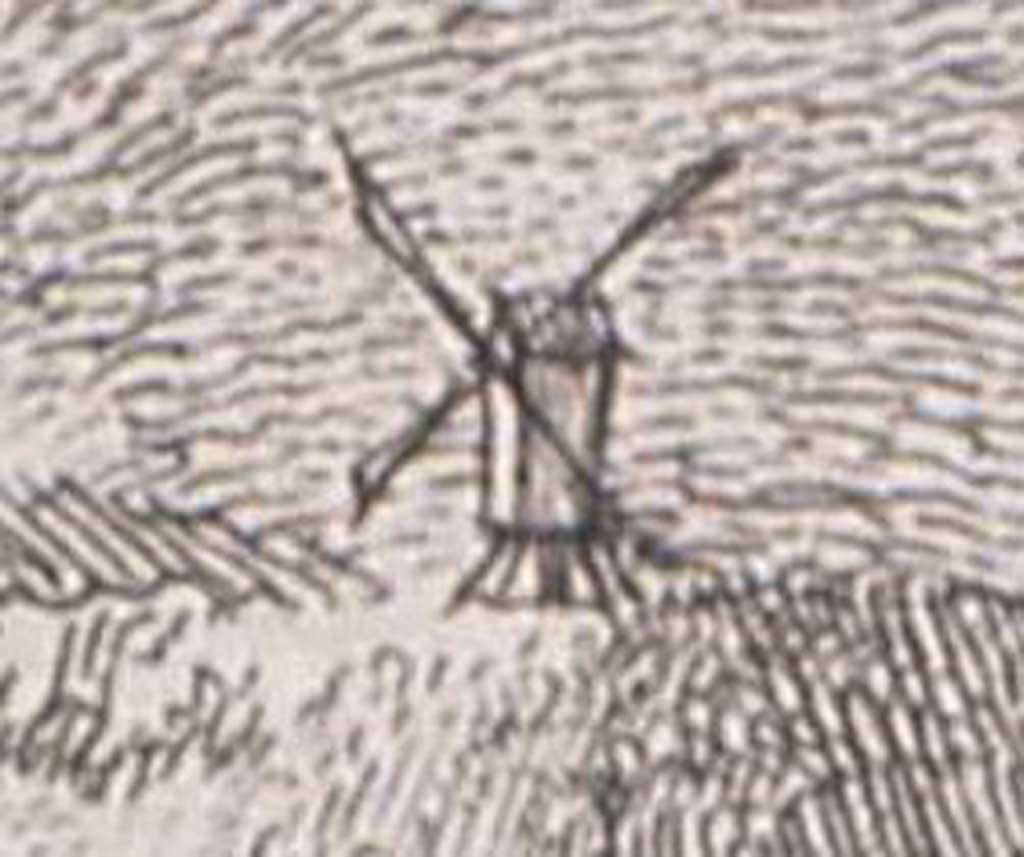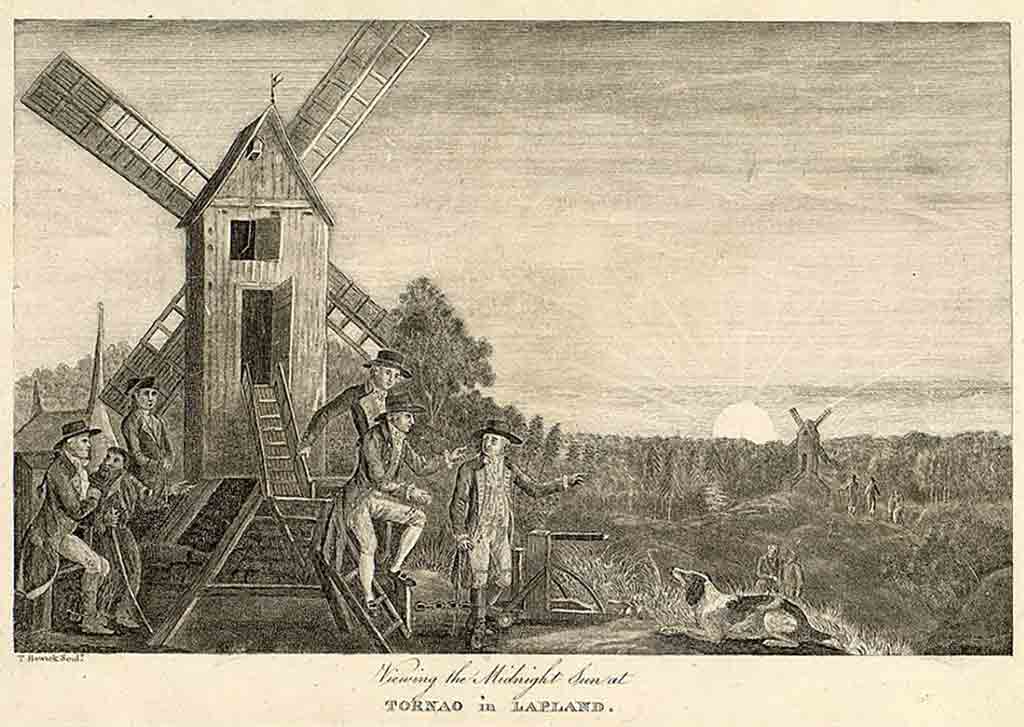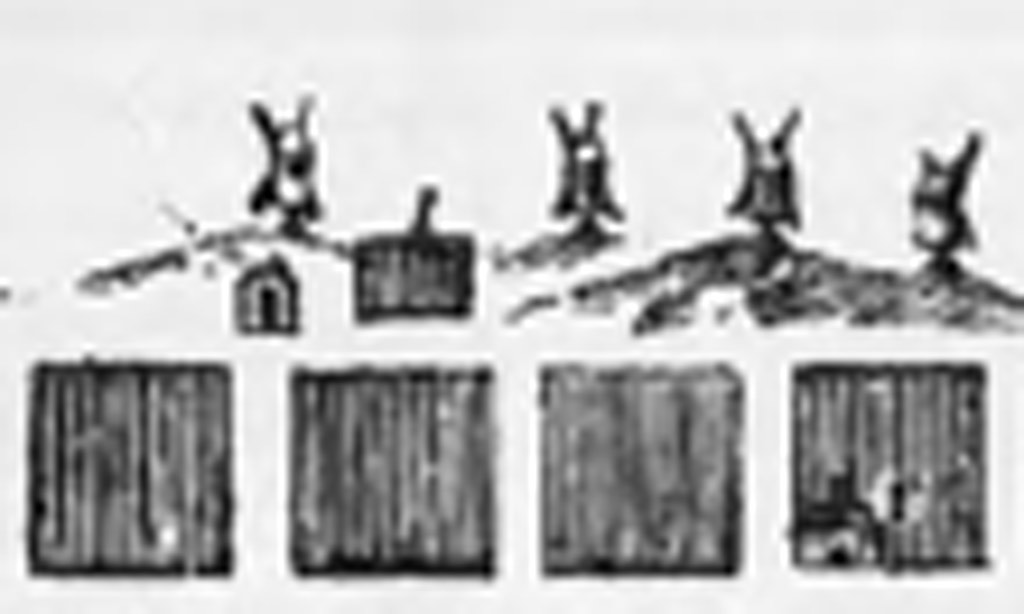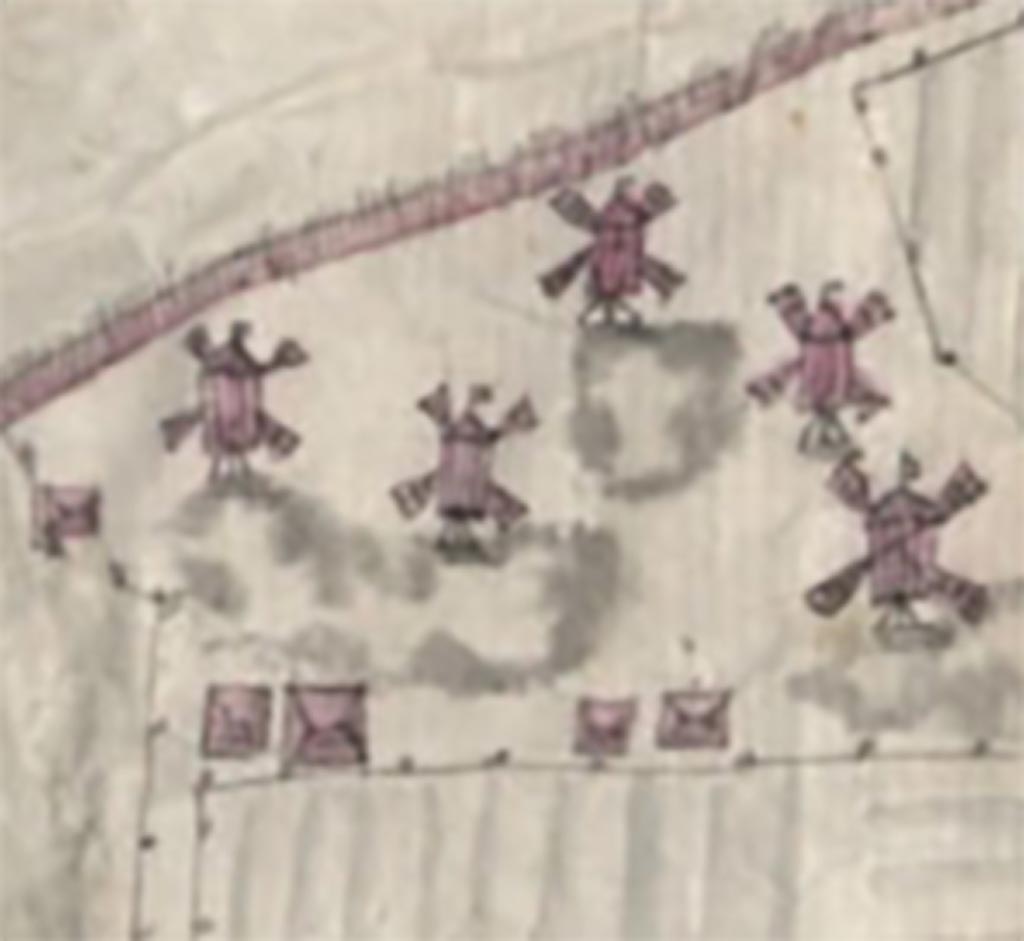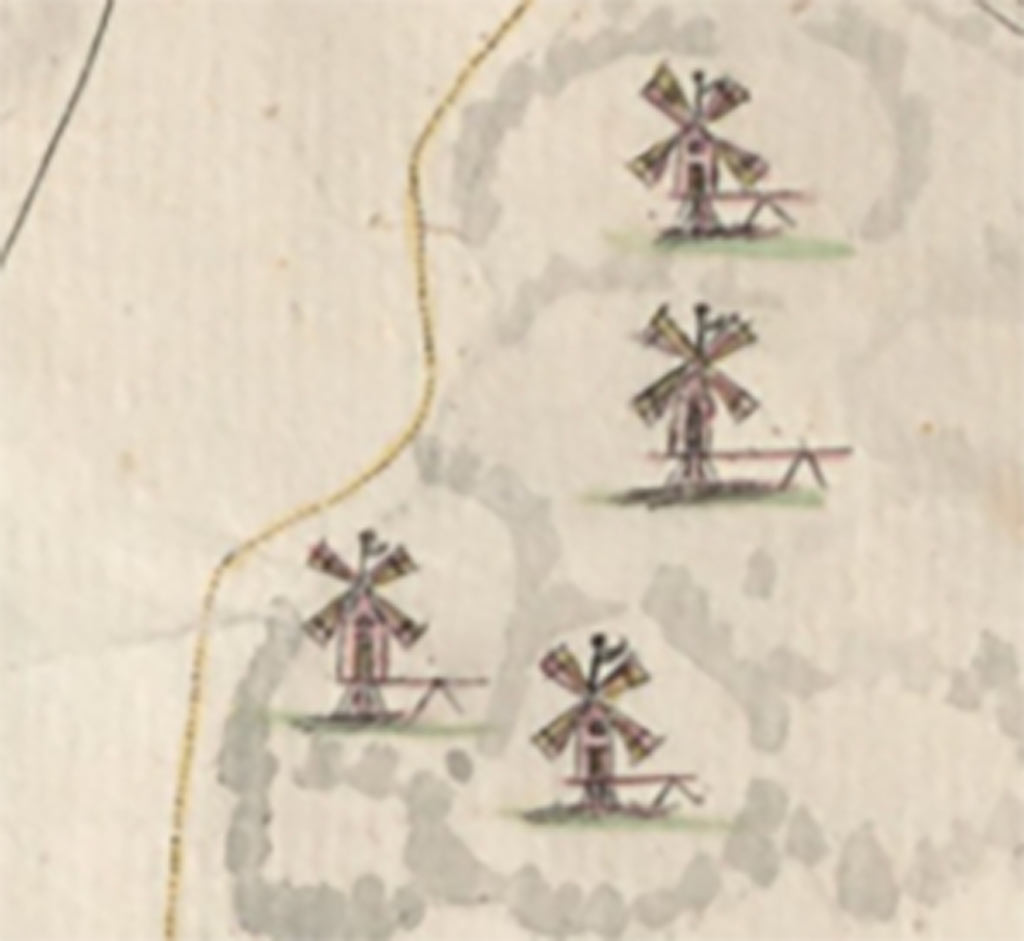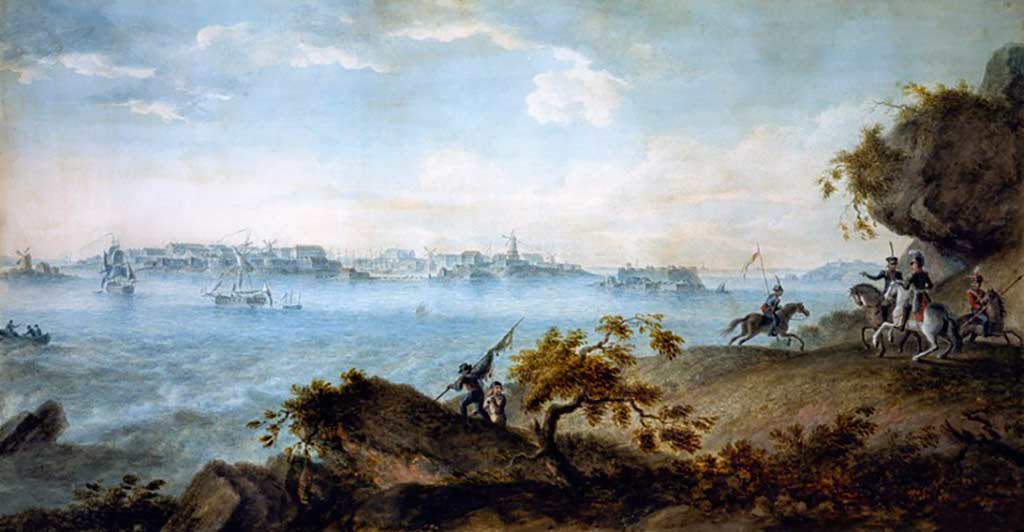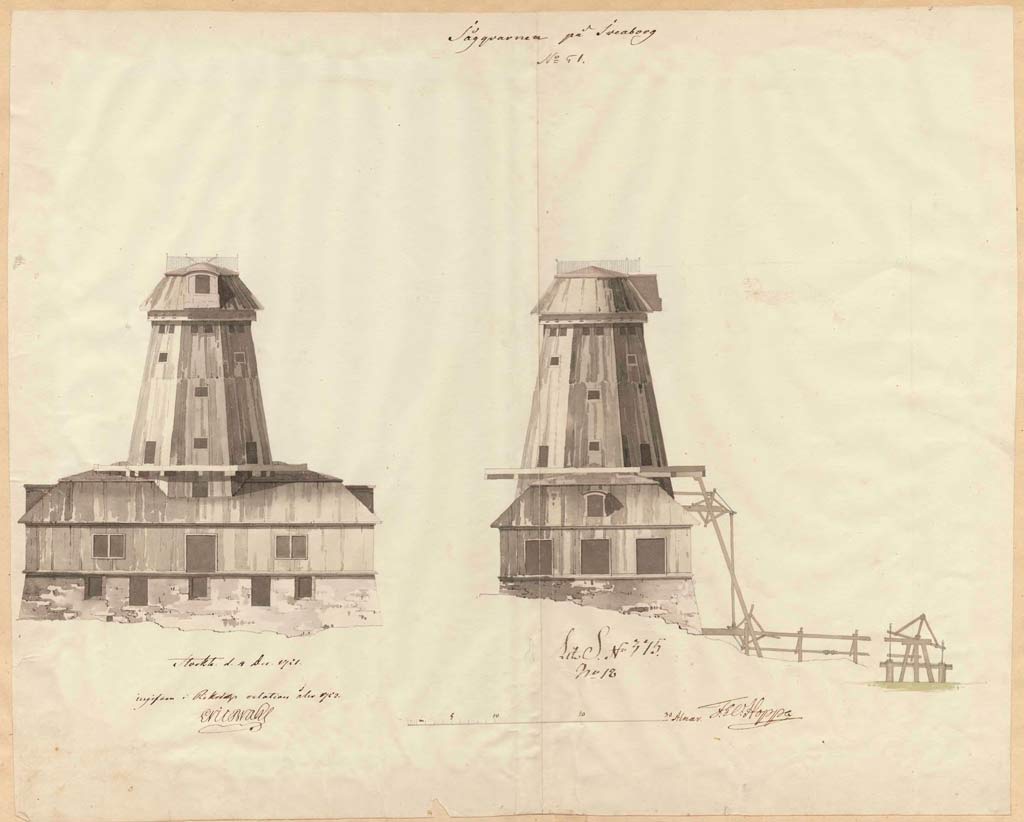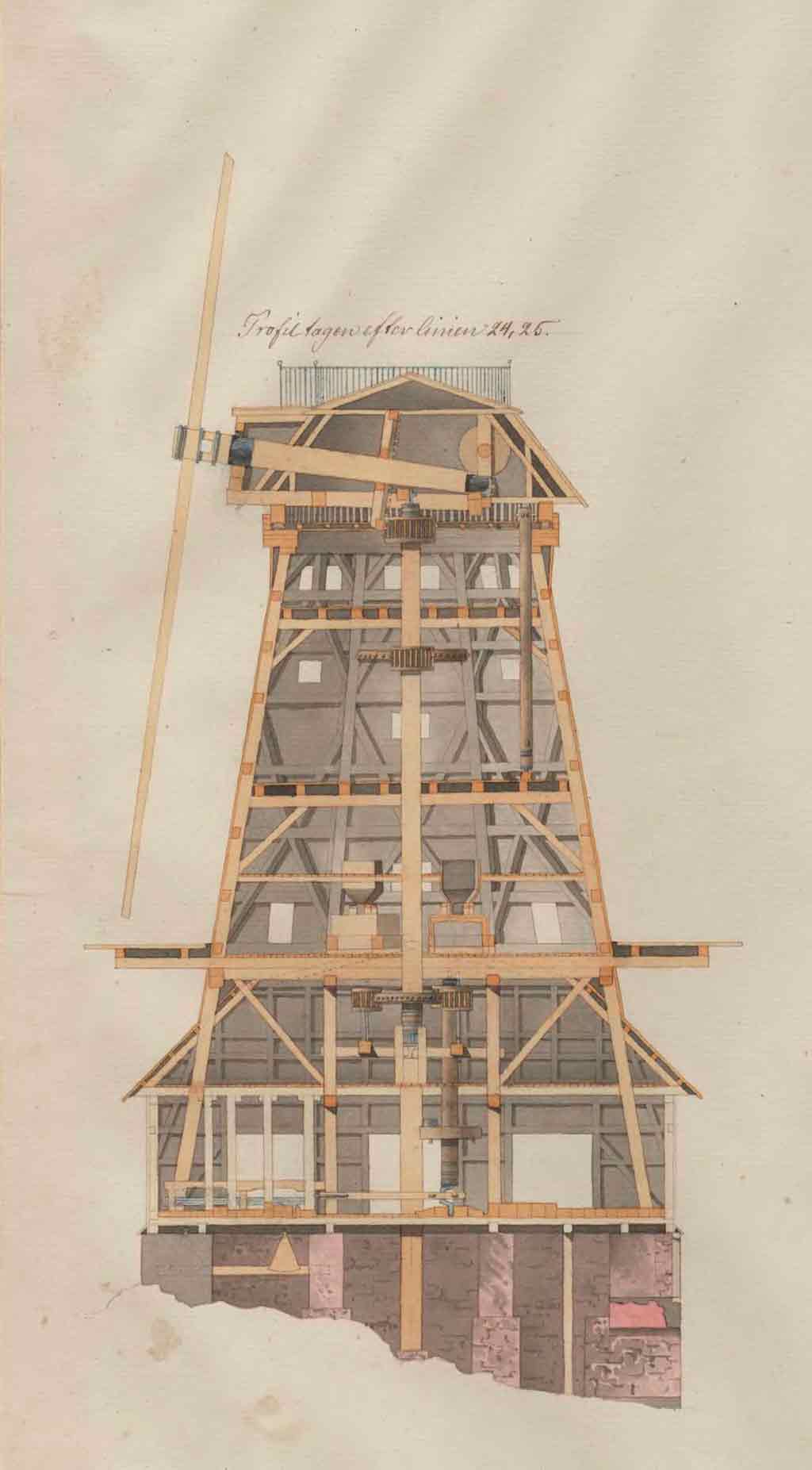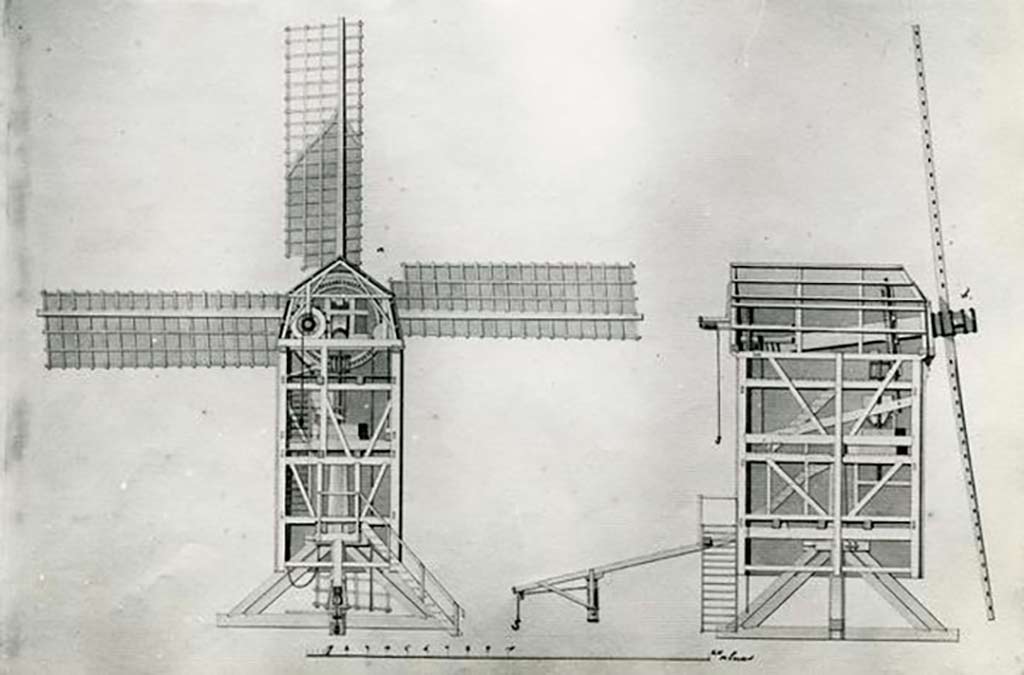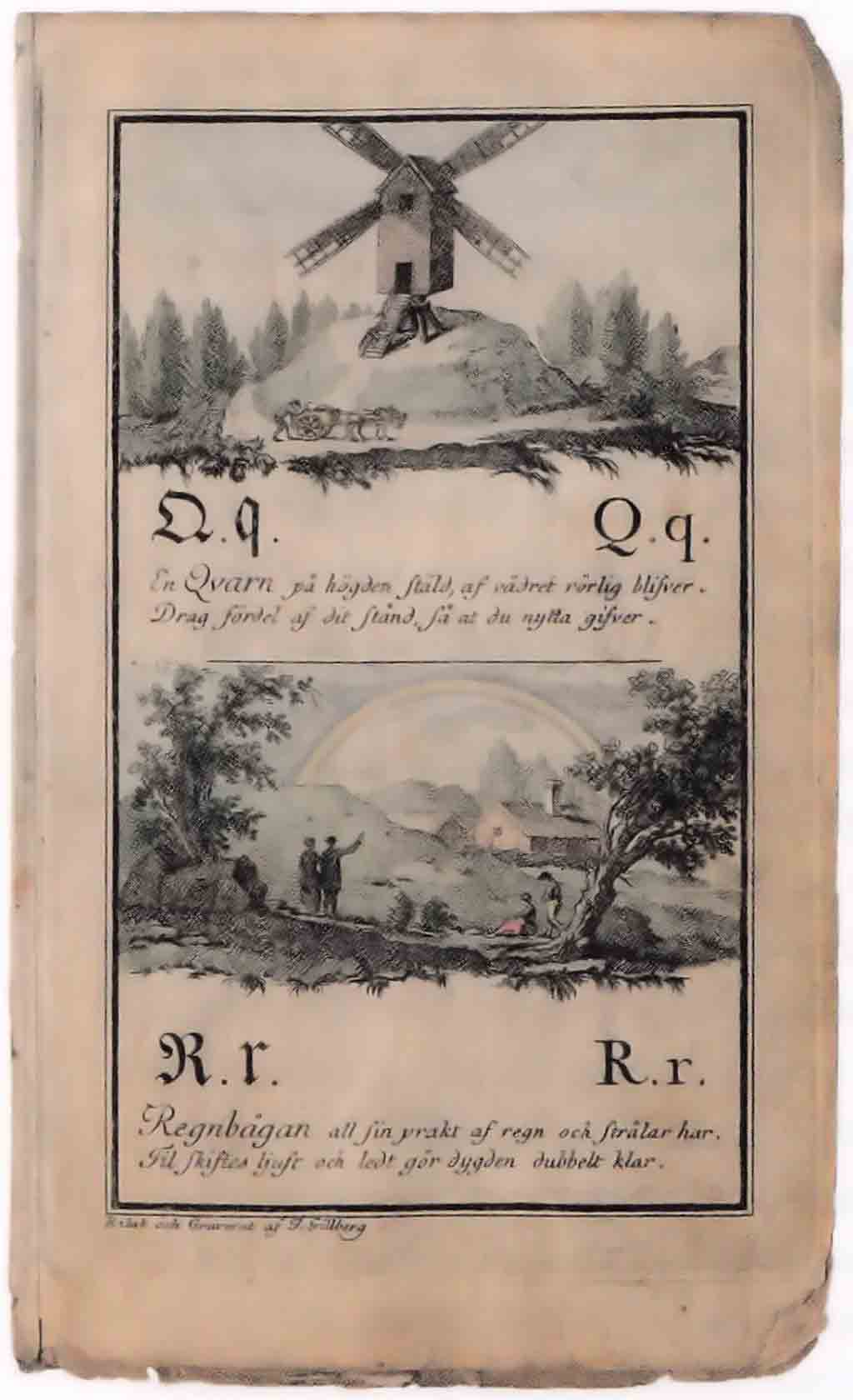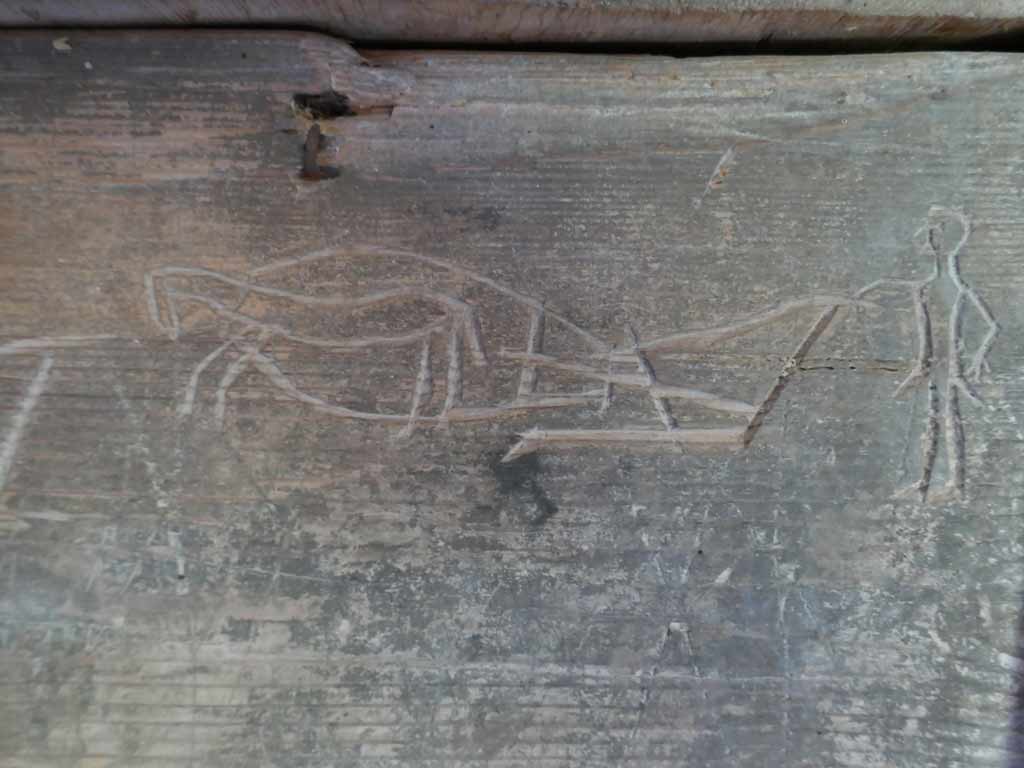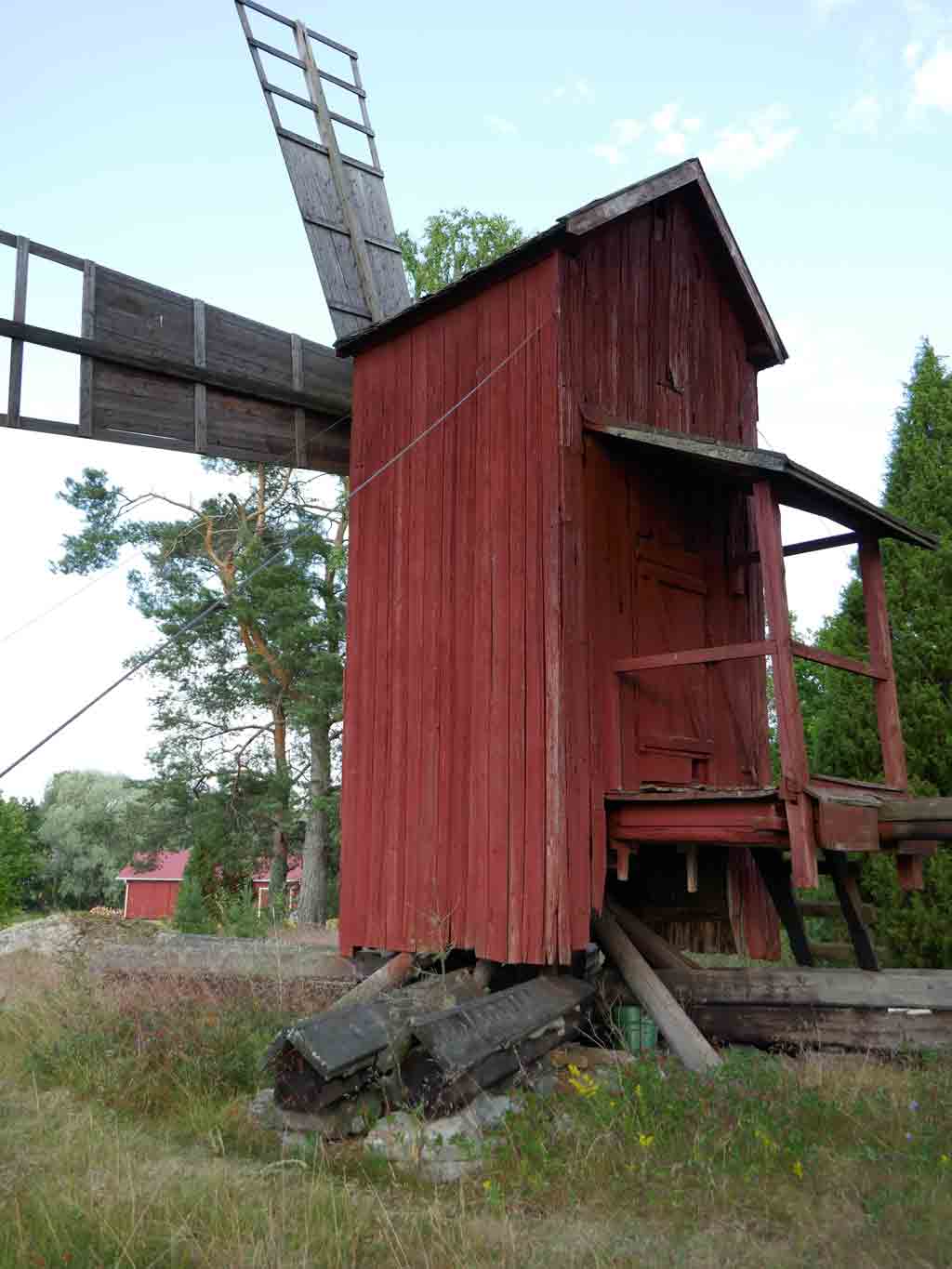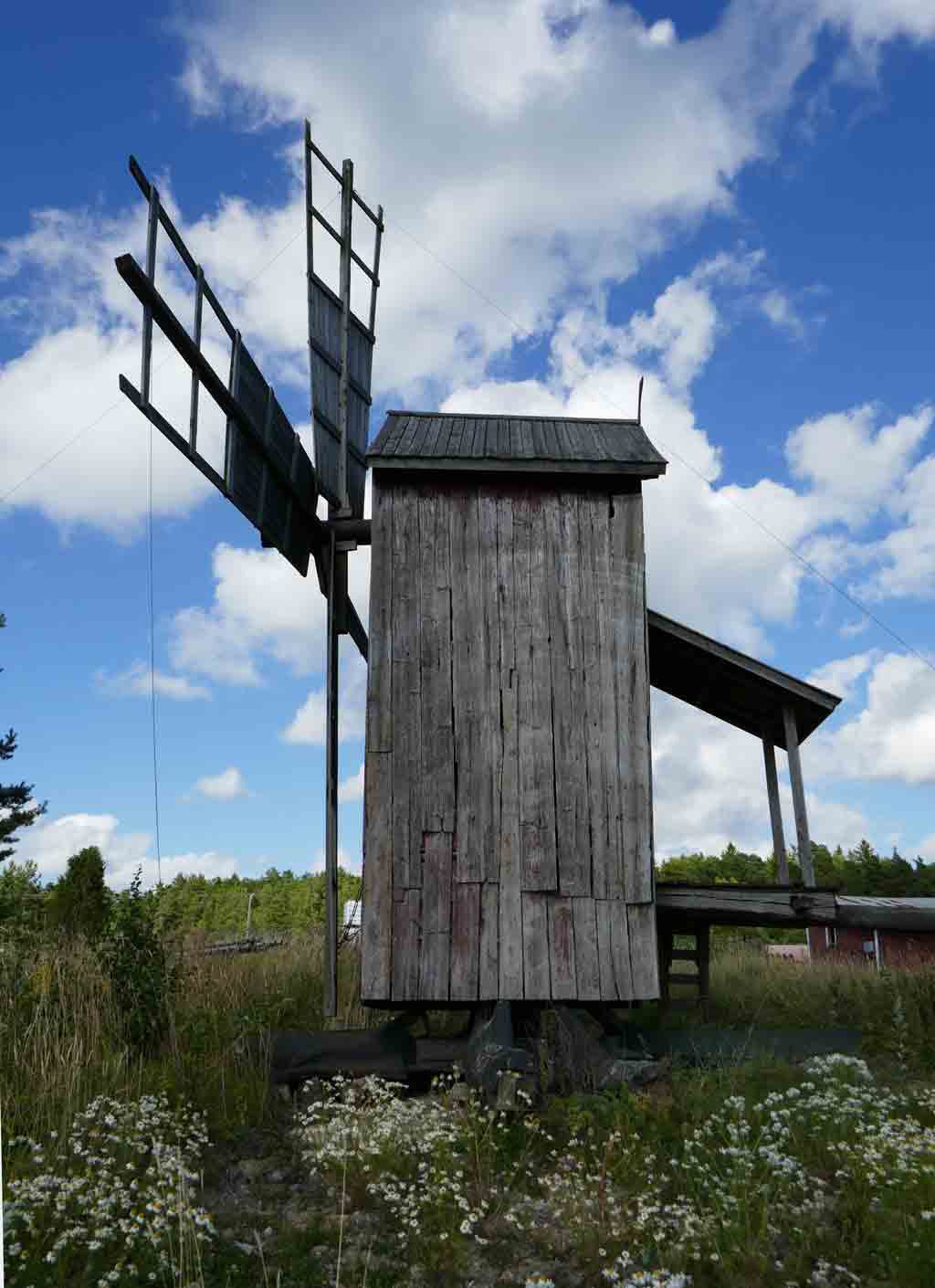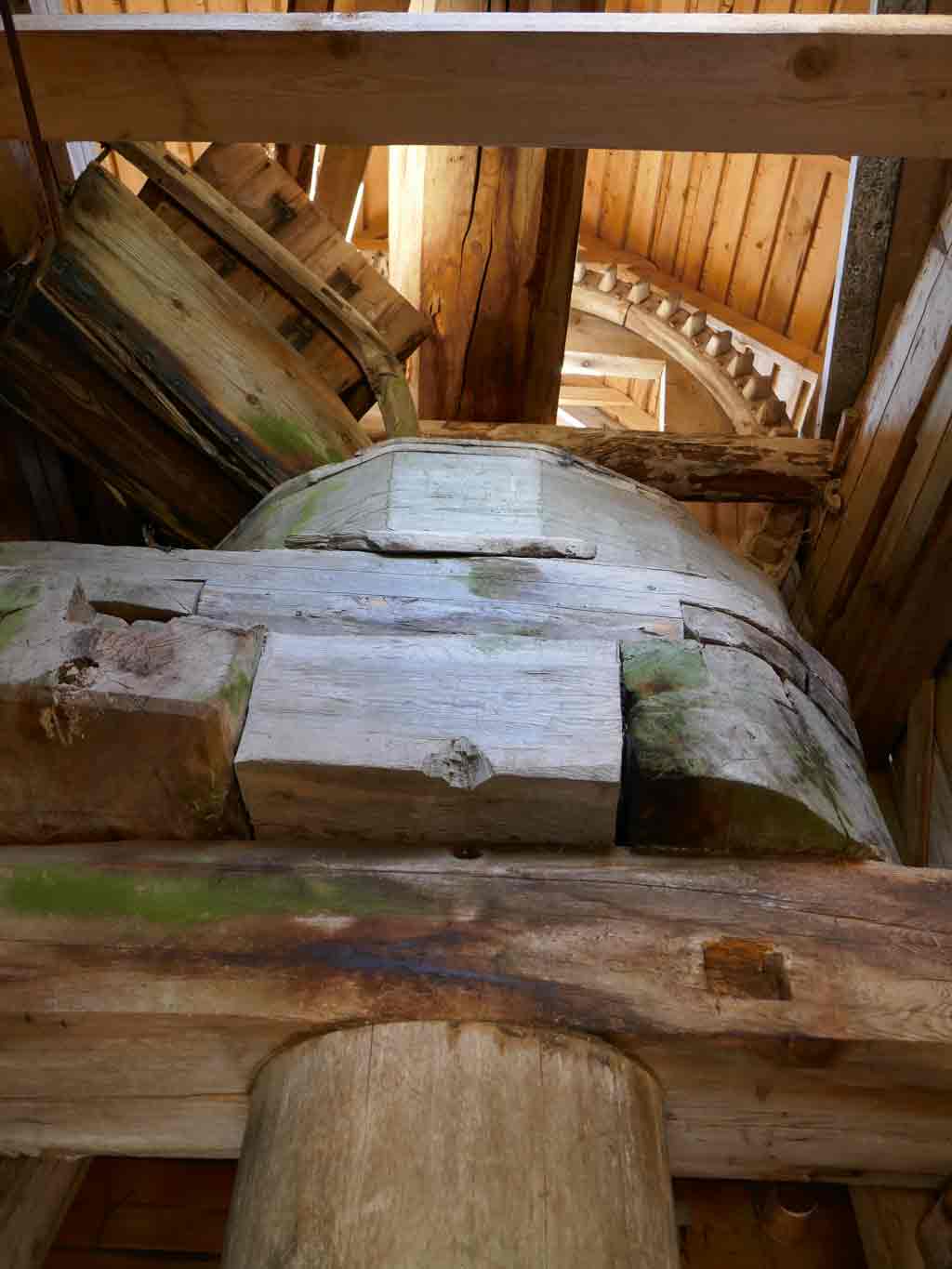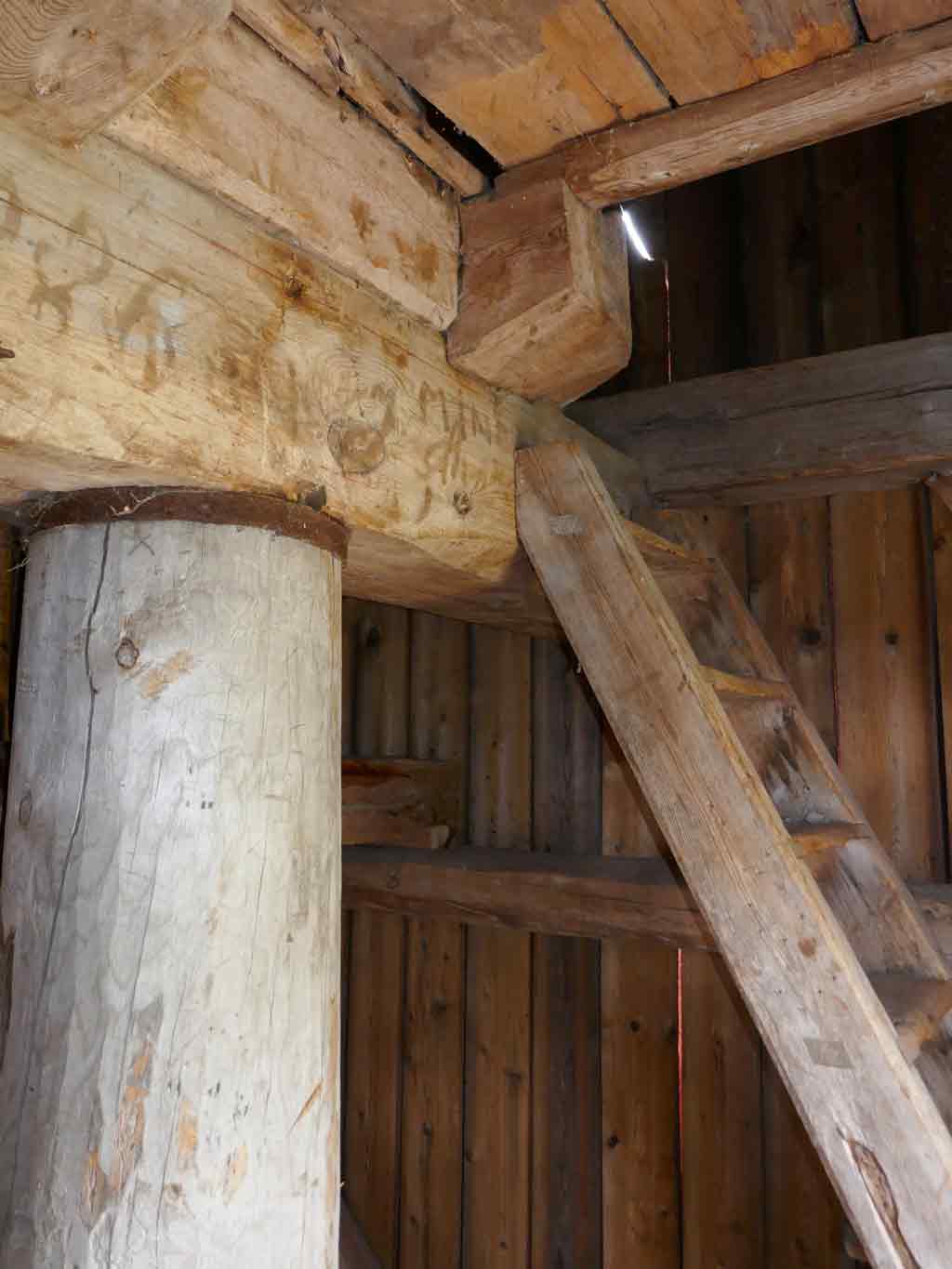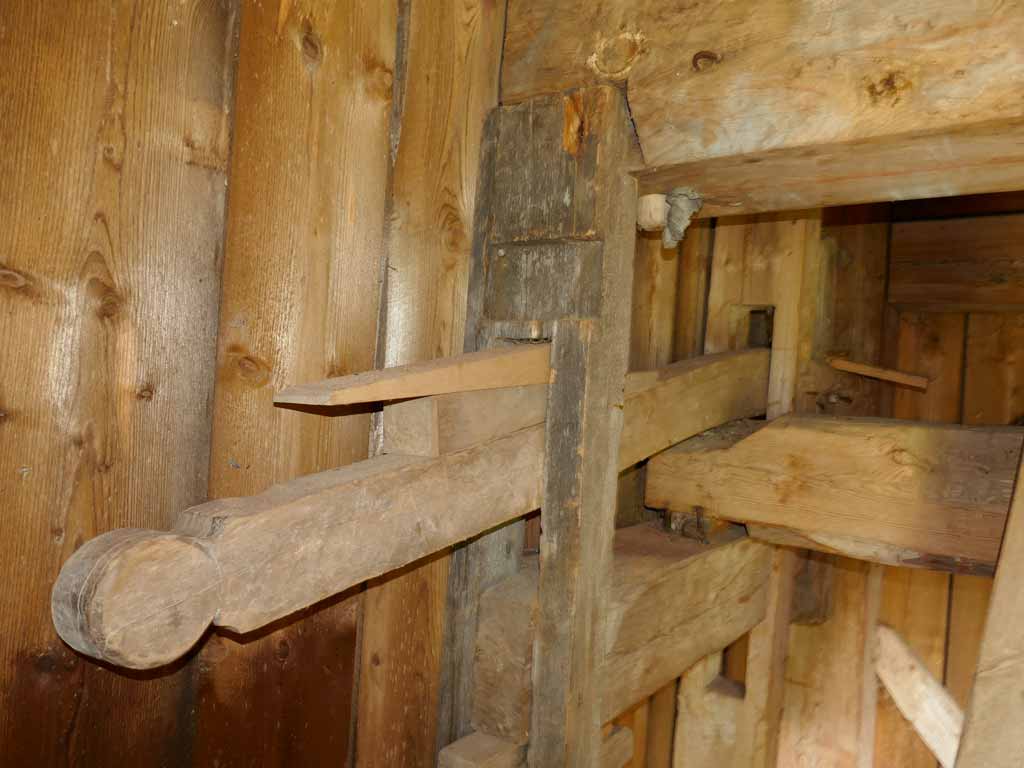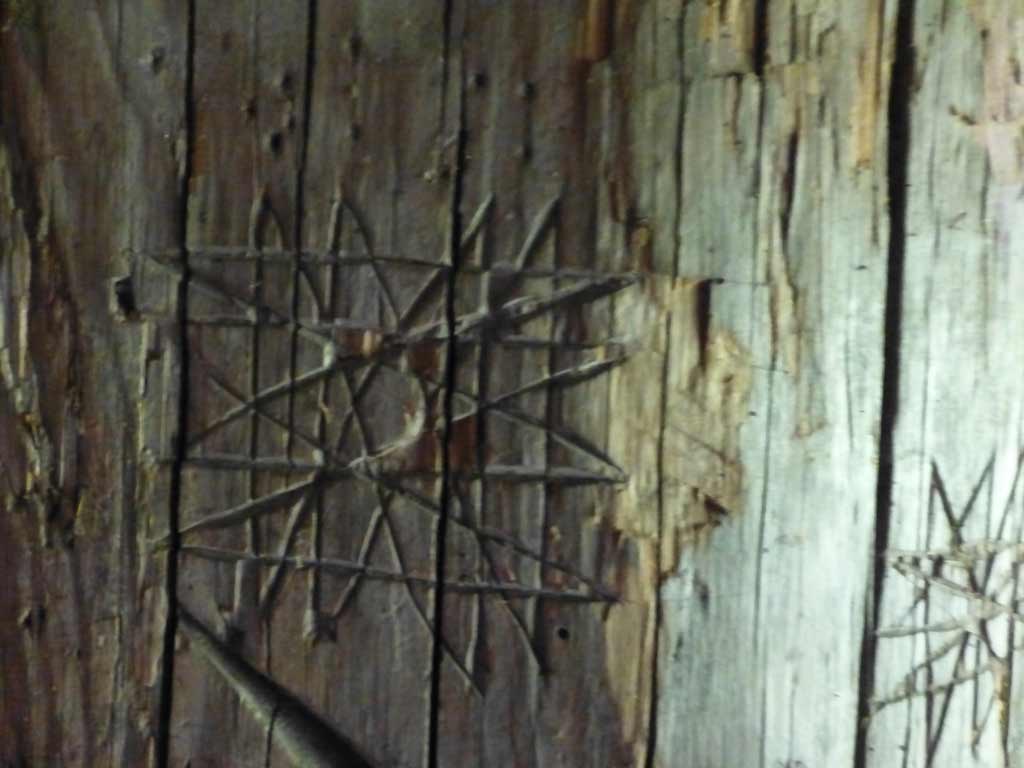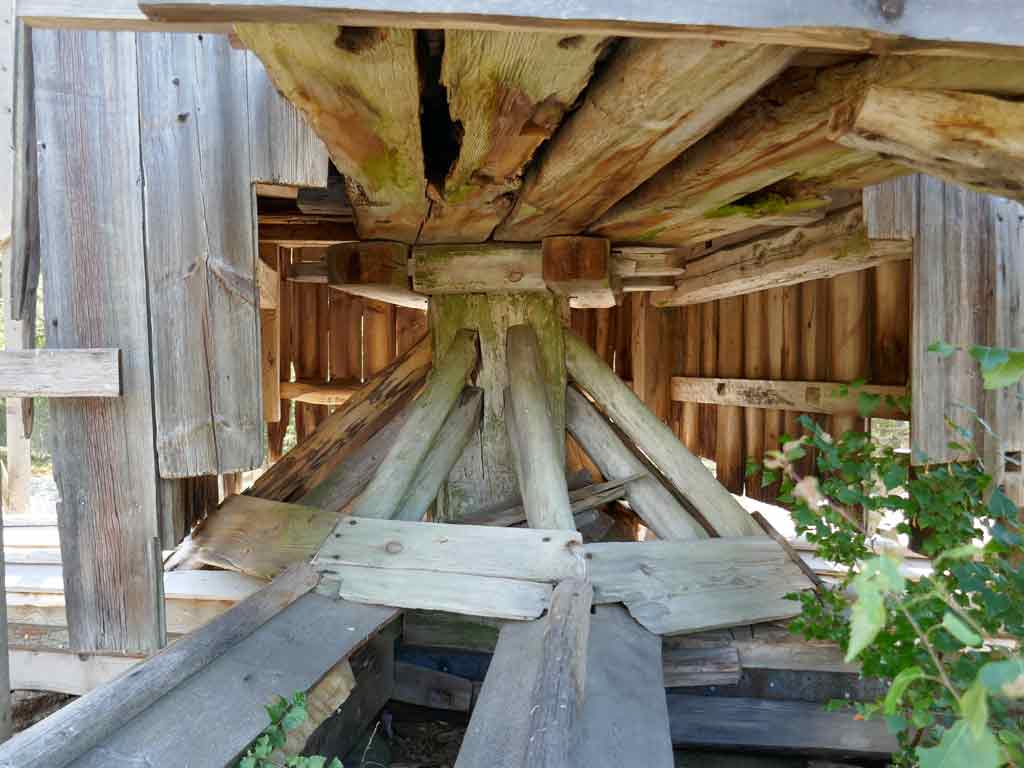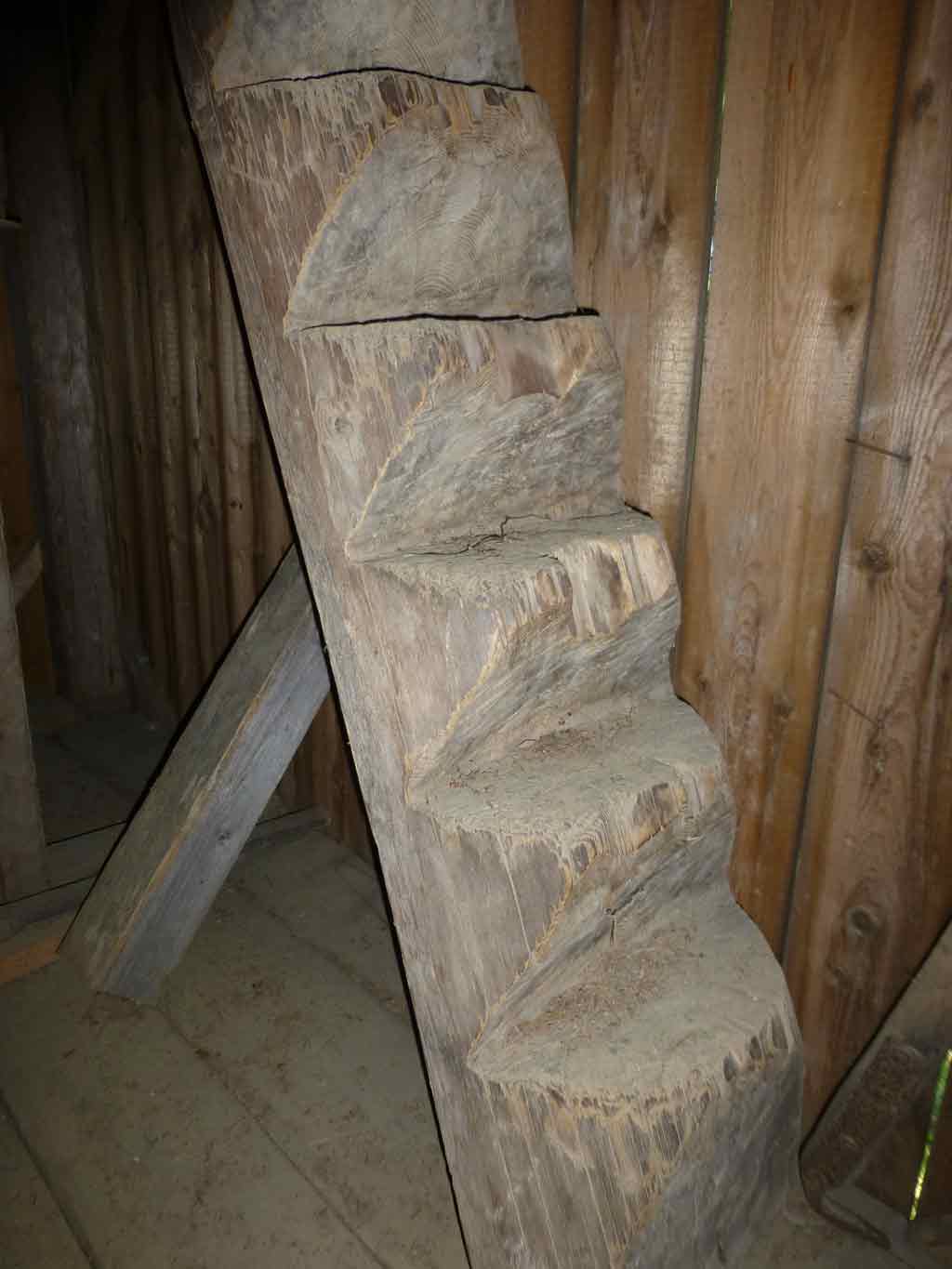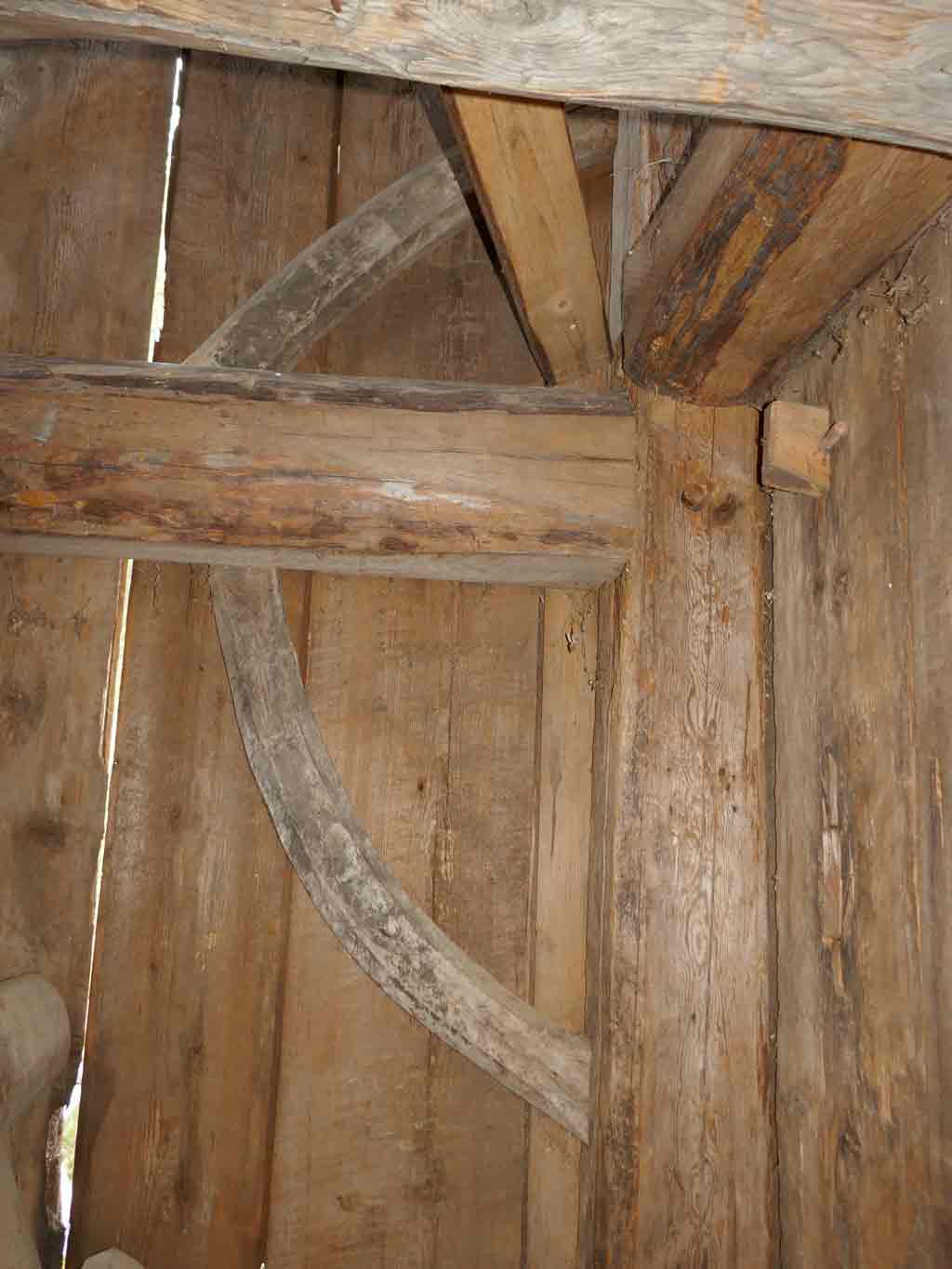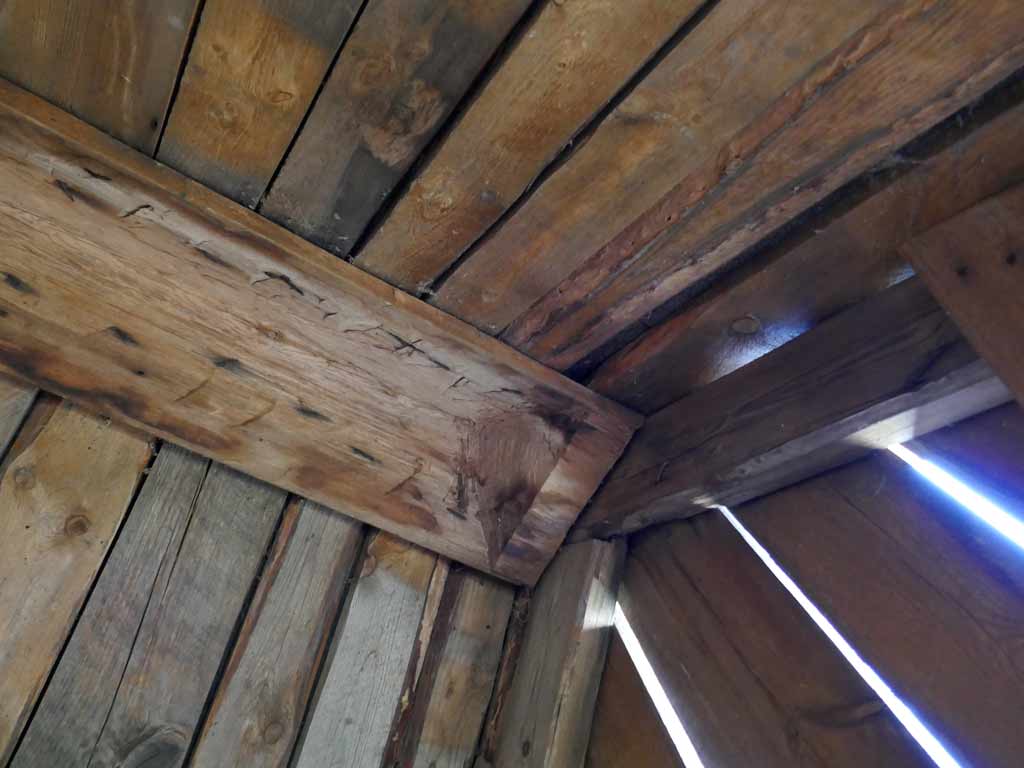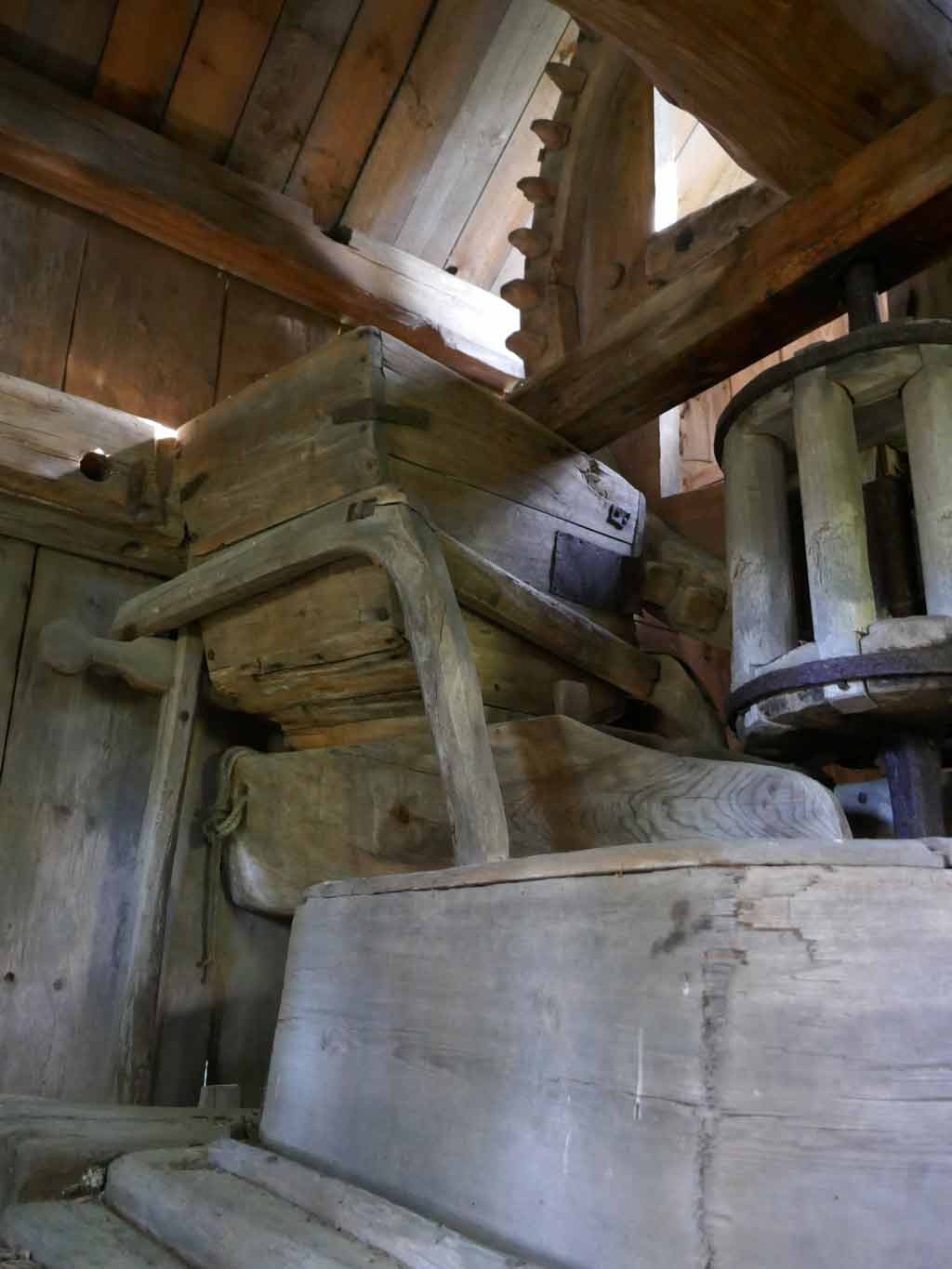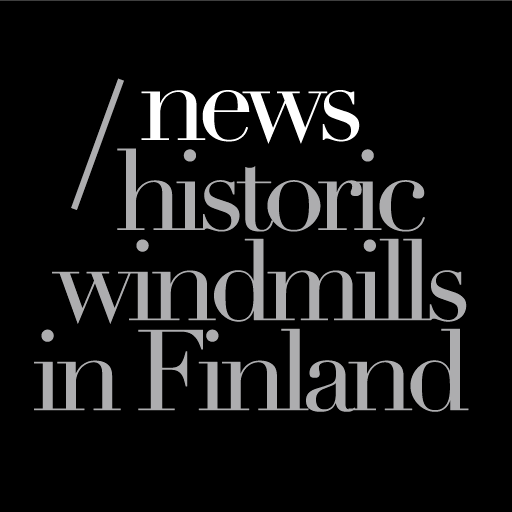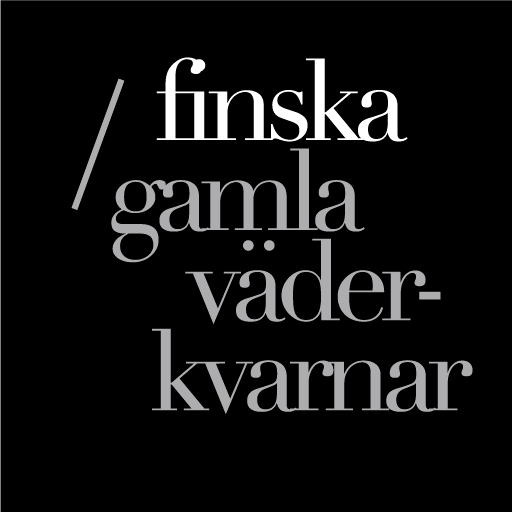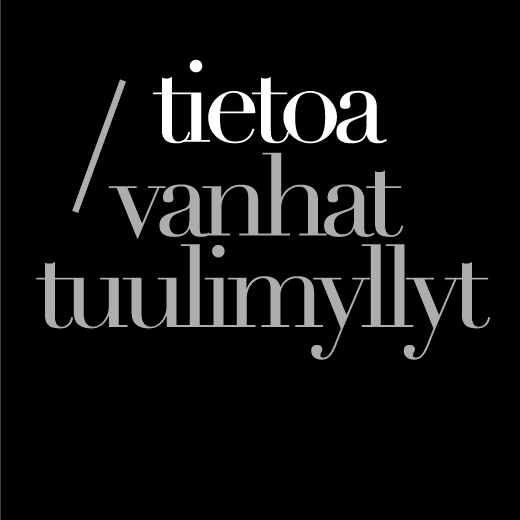Chapter 3.1
Figure 2 and 2.1: Accessed at http://urn.fi/URN:NBN:fi:jyu-201008112429
Map by Outhier and de Maupertuis, Bibliothèque nationale de France, can be accessed at http://urn.fi/URN:NBN:fi:jyu-201003301366
Figure 3: accessed at http://www.doria.fi/handle/10024/33389, National Library of Finland
Chapter 3.2
T. Kangas, Uudenkaupungin siunattu rauha, 1996, ISBN 952-90-7798-X
Figure 4: Illustration in the thesis by Ephraim Hoeckert, drawn by Henrik Seeliger, University of Turku 1753
Chapter 3.3
J. Kostet, Cartographia Urbis Aboensis, 2009, ISBN: 978-952-5217-83-4
Figure 5: Accessed at http://digi.narc.fi/digi/view.ka?kuid=33618110
Figure 6: Accessed at http://digi.narc.fi/digi/view.ka?kuid=33618118
Chapter 3.4
A. Hirsjärvi and R. Wailes, Finnish Mills Part II Mamsel or Smock Mills, The Newcomen Society, London 1970–71
Chapter 4
Figure 7: Helsinki city museum. HKMS000005_000007k8
Chapter 4.2
S. Roos, Muutamia mieleen pantavia Asioita myllyn rakentajoille Suomessa, Turku 1851
Figure 8: Utländska stads- och fästningsplaner, Sveaborg Vargö SE/KrA/0406/12/042/C/031 (1751) bildid: K0017883_00001 (Military archive, Stockholm)
Figure 9: Utländska stads- och fästningsplaner, Sveaborg, Väster Svartö, SE/KrA/0406/12/042/F/026 (1783), bildid: K0018505_00001(Military archive, Stockholm)
Figure 10: Original in the archive of Ehrensvärd sällskapet rf. Suomenlinna B 40, Helsinki; Photo at Millsarchive REXW-FIN-526-02
Chapter 6
M. Klinge, Iisalmen ruhtinaskunta, Keuruu 2006, SKS ISBN 951-746-841-5
Figure 11: M. Klinge, Iisalmen ruhtinaskunta, p. 166
Figures 12–23: Views of 11 private mills and their details. Photos © Kirsti Horn
Kirsti Horn, retired architect and lecturer in building technique:
“Overwhelmed by the apparent craftsmanship that goes into the building and repairing of a wooden windmill I became obsessed to find out about their functioning, numbers, shapes and sizes in my country, Finland. Soon I was lucky to discover that I was not alone: Leo van der Drift’s thorough research and kind mentoring has been absolutely invaluable for my work.
The mission is to contribute to the saving of whatever there is left of the approx. 700 Finnish mills. The art of millwrighting and traditional building technique is mostly forgotten but, as a result of my cooperation with the National Board of Antiquities in Finland, a web–based guidebook for the maintenance and repair of our historic wooden windmills is on its way.”
Read more… historicwindmills.fi

